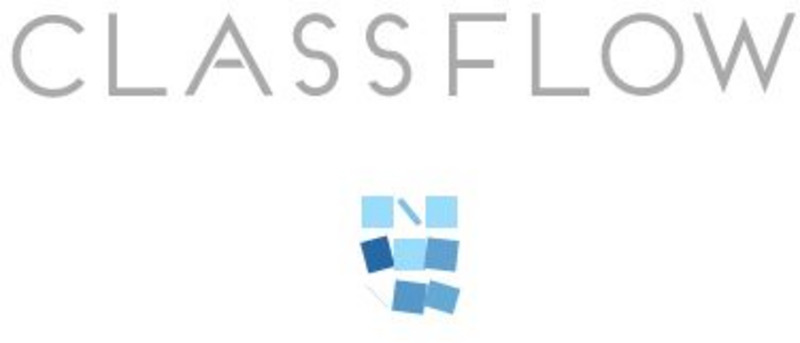Curated OER
Keyboarding - Dear "Here is Your Help"
Students work in pairs to draft a letter responding to a request for advice. They brainstorm a solution and write a response using a word processing program and correct letter format.
Curated OER
Oh Say, What Can You See?
Pupils take a walk outside and use their sense of sight to discover things in their world. They record their observations and compare their observations with those of their classmates.
Curated OER
Jan Ken Pon
Fifth graders explore components of Japanese language, song, instruments, and music. Dotted eighth and sixteenth notes are practiced, the pronunciation of words for the song taught, and chords for tone chimes played in this lesson plan.
Curated OER
In Your Opinion: Are Athletes Heroes?
Students identify athletes that could be classified as heroes. They participate in a debate in which they argue whether or not they should be classified as such. They are evaluated on how they work together and the information presented.
Curated OER
The Font of Funniness
Students research the work of a contemporary humorist by analyzing a variety of pieces of their work. They look at the work from a variety of media sources such as writing, videos, and broadcasts to decide how "American" the material is....
Curated OER
Legs in the Barn
Students listen to the problem being read. They then brainstorm possible approaches and are encouraged to plan ways of recording their work so that others examine what they have done and share their findings.
Curated OER
The Skinny on Sororities
Students explore the boundary between membership exclusivity and illegal discrimination in private organizations by examining a recent case of alleged discrimination in a college.
Curated OER
What is the Concept?
Students systemically determine the concept that the waste items placed in a "yes" category are biodegradable and those in the "no" category are not. This activity is a motivating way to introduce a unit on wastes by having students use...
Curated OER
State the Facts
Learners, while silently reading the book, "Mr. Pilling's Pond," by Patricia Nikolina Clark, and "One Good Turn," by Bette Anne Rieth, discuss how to summarize each book. They review the five steps to summarization and write them down.
Curated OER
The Big Lie
Fifth graders create poems and other forms of writing.Then working in groups they share writing with each other. The opinions would be gathered and students would revise writing according to the comments.
Curated OER
Respect and Care of the American Flag
Students properly fold the American Flag and demonstrate proper care and use of the flag to younger students. They properly raise and lower to the flag on a flagpole and demonstrate care and use to younger students as well.
Curated OER
Understanding Self-Injury
Students brainstorm about the topic of self-injury, then read a fictional letter and discuss the issues involved. In this health lesson, students select possible responses from a set of cards and determine the effect of the responses. In...
ReadWriteThink
Read Write Think: Creating Class Rules a Beginning to Creating Community
Contains plans for two lessons that teach about proper classroom behavior and creating community by discussing why they are in school and what they need in order to accomplish their goals while there. In addition to objectives and...
University of California
Berkeley: Teaching Discussion Sections
This site focuses on group discussion-style teaching. It provides links to topics such as follows: Creating Discussion Guidelines, Classroom Activities, Group Work, Group Work: Techniques, Group Work: Design Guidelines, Encouraging...
Other
Positive Choices: Decision Making and Problem Solving: Class Activity
The aim of this activity is to teach learners the steps involved in effective decision-making/problem-solving. This skill is a useful skill for students to learn, as it will assist learners to consider all the options that are available...
Better Lesson
Better Lesson: First Week of School, Day 3
Sixth graders read a poem to see the importance of class rules and behaviors.
Smithsonian Institution
National Museum of American History: Slates, Slide Rules and Software
Did you learn to calculate using a 7-foot-long slide rule? Did you learn about the properties of numbers using brightly colored Cuisenaire rods? Ever wonder who invented the graph paper you used in geometry class? Go back to the...
Daily Teaching Tools
Daily Teaching Tools: Efficient Learning: Coming to Class Prepared
This Daily Teaching Tools resource provides an efficient learning strategy. Students will learn strategies to help students come prepared. Links to a classroom organization page are included.
ClassFlow
Class Flow: Bike Safety
[Free Registration/Login Required] This is a flipchart lesson to teach students about bicycle safety at the K-2 level. It stresses the importance of using a bicycle helmet. There is an activote assessment at the end of the lesson.
ClassFlow
Class Flow: Comma Usage
[Free Registration/Login Required] This flipchart provides extensive teaching examples for the appropriate use of commas. The color and graphics are engaging, and several Activote questions check student knowledge.
ClassFlow
Class Flow: Introduction to Division With Remainders
[Free Registration/Login Required] This flipchart is an introduction to division with remainders. The lesson consists of teaching children the basics of division with remainders in problems that contain a 2-digit dividend with a 1 digit...
PE Central
Pe Central: Cooperative Learning: Cooperative Handball
Teach students "Cooperative handball," and have them practice working with others. This website includes the rules to "Cooperative handball," as well as suggestions for forming teams and for adapting the sport for students with...
Better Lesson
Better Lesson: Welcome to 6th Grade Math
Why is math important? How does math impact our lives outside of math class? This lesson is an introduction to 6th-grade math. Students make connections between math and life while also learning procedures and rules in this 6th-grade...




















